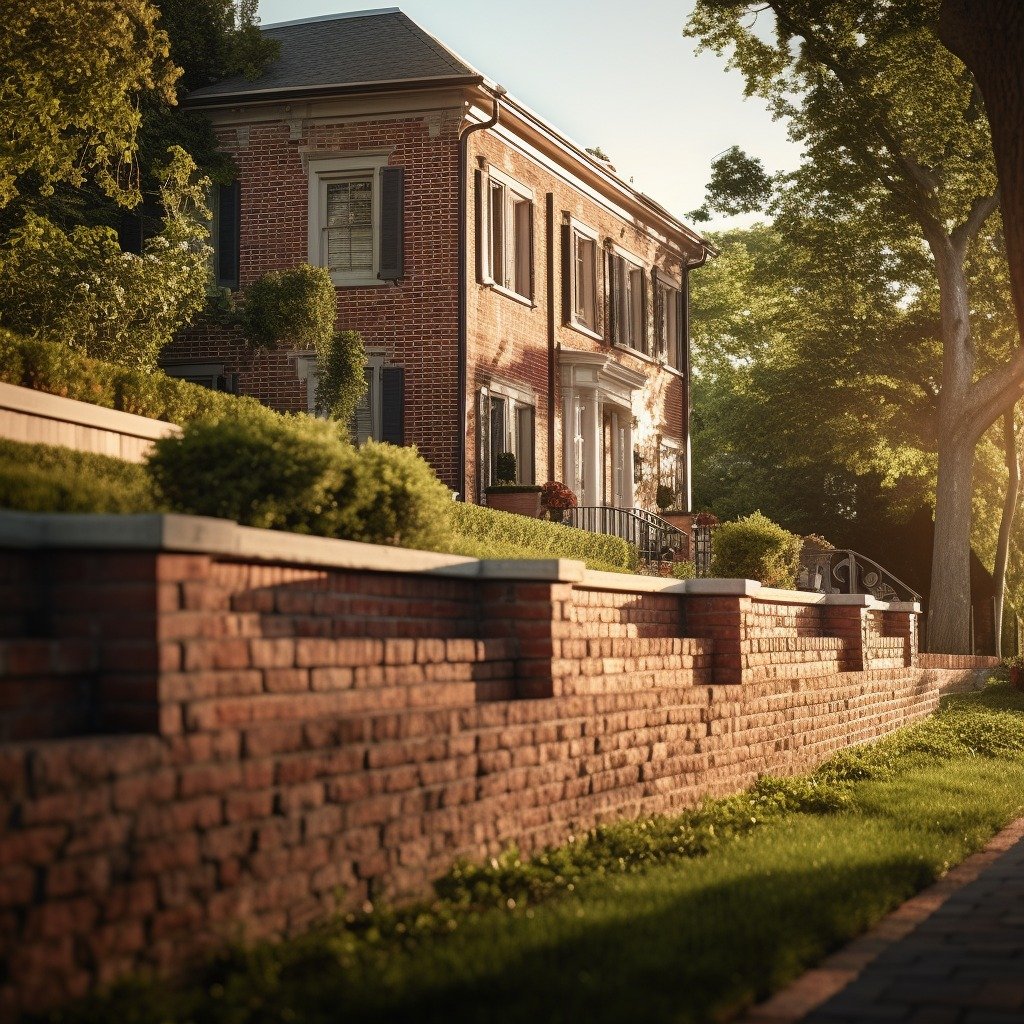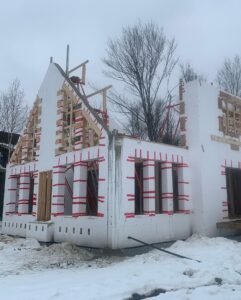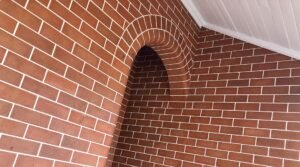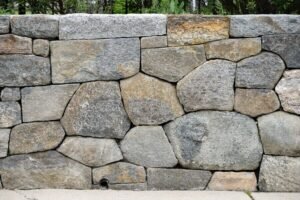A retaining wall is more than just a wall. It holds back soil, controls water, and keeps your outdoor space neat and safe. But before you build one, you need to get the preparation right . especially in a city like Toronto, where the ground, weather, and rules can change from one street to the next.
In this blog, we’ll walk you through the steps to prepare for retaining wall installation the right way. Whether you’re a homeowner planning a garden wall or a builder working on a bigger project, these simple steps will save you time and avoid problems later.
Table of Contents
ToggleWhy Do You Need a Retaining Wall?
Let’s first understand why people build retaining walls in Toronto:
- To stop soil from sliding down slopes
- To stop flooding or puddles in the yard
- To create a level area for patios, driveways, or gardens
- To make sloped land more useful
- To improve how a yard or property looks
Retaining walls are strong and long-lasting — but only if you prepare the area properly before building.
Step 1: Understand the Purpose of Your Wall
The first thing to do is ask: What is the wall for?
A small garden wall just needs to hold back a little soil. But a tall wall near a driveway may have to hold heavy loads, rainwater pressure, or snow in winter. Some walls also need to support fences or walkways above.
Once you know what the wall must do, you can plan how strong it needs to be — and what materials are best. For example:
- Concrete blocks for strength
- Natural stone for looks
- Wood for smaller garden walls
The bigger the job, the stronger the wall needs to be, and the more planning it takes.
Step 2: Check Local Rules in Toronto
Before you start digging, you must check the local rules.
In Toronto, retaining walls over a certain height may need a permit. Also, if your wall is close to a neighbour’s property, fence, or public walkway, you may need to follow extra rules.
Some areas also have rules about drainage. If your wall changes the way water flows, you might be required to install drainage systems.
A good contractor like TheFixitGuys can help with all this — we make sure your project follows the law from the start.
Step 3: Mark Out the Area
Next, you need to mark the exact place where the wall will go. Use stakes and string or marking paint.
This helps you:
- See the shape and length of the wall
- Check how level the ground is
- Plan where to dig and how deep
You’ll also need to mark space for drainage pipes, base material, and a trench. The area must be wide enough for workers to move and tools to be used safely.
Step 4: Test the Soil
Different types of soil act differently when wet or heavy.
In Toronto, some areas have sandy soil, while others have clay. Sandy soil drains well but shifts easily. Clay holds water but can expand and contract with the weather.
So, before installing a retaining wall, it’s a good idea to check what type of soil you have. This helps you choose the right kind of wall and drainage.
At TheFixitGuys, we often do a simple soil test or use professional tools to understand what’s underground. If the soil is weak, we may add geogrid mesh or deeper footings to hold everything in place.
Step 5: Call Before You Dig
Before starting any digging in Toronto, you must call Ontario One Call. This is a free service that tells you if there are gas, water, or electric lines underground.
Hitting a pipe or cable can be dangerous, expensive, and even illegal. So this step is very important.
After calling, you’ll get a map showing where it’s safe to dig. We always check this carefully before touching the ground.
Step 6: Plan for Drainage
One of the biggest mistakes people make with retaining walls is forgetting about water.
When it rains or snow melts, water collects behind the wall. If there’s no way for the water to escape, it can:
- Push against the wall
- Soften the soil
- Cause cracks or collapse over time
That’s why every good retaining wall needs drainage behind it. This can include:
- Gravel back fill
- Drain pipes (also called weeping tile)
- Drain holes at the bottom of the wall
We always plan for drainage during the preparation phase, not after.
Step 7: Order the Right Materials
Now that everything is marked, tested, and planned, you can order your materials. This may include:
- Blocks, bricks, or stones
- Drain pipes and filter fabric
- Crushed gravel or road base
- Geo grid for extra support
- Tools like levels, tampers, and wheelbarrows
It’s important to have everything ready before the building begins, especially if you want the project done on time.
We also make sure the materials match the soil type and size of the wall , so your wall doesn’t just look good, but lasts for years.
Step 8: Clear and Level the Area
Before digging, we clear the area of plants, roots, stones, and debris.
Then we level the area to make sure the base of the wall is straight and stable. Even a small slope can make the wall lean or fail over time. We use levels and measuring tools to double-check everything.
If needed, we dig a trench to hold the base material — this is usually 6 to 12 inches deep depending on the wall size.
This is one of the most important steps. A strong retaining wall always starts with a solid base.
Step 9: Get Ready for the Build
Now, everything is ready:
- The plan is clear
- The ground is checked and marked
- The materials are delivered
- The area is safe and legal to dig
- The drainage is planned
At this point, we begin building. And because we took the time to prepare every detail, the building process goes smoothly , with no surprises or delays.
Final Thoughts
In a city like Toronto, preparing for a retaining wall is just as important as building it. If you skip the planning steps, you may face problems later , like leaning walls, flooding, or fines from the city.
But with the right checks, tools, and team, your retaining wall will be strong, safe, and ready to handle Toronto’s weather for many years to come.
At TheFixitGuys, we don’t just build , we prepare everything carefully, so your project is done once, and done right.
Contact us today if you’re thinking about adding a retaining wall to your property. We’re here to help every step of the way , from planning to finishing.















